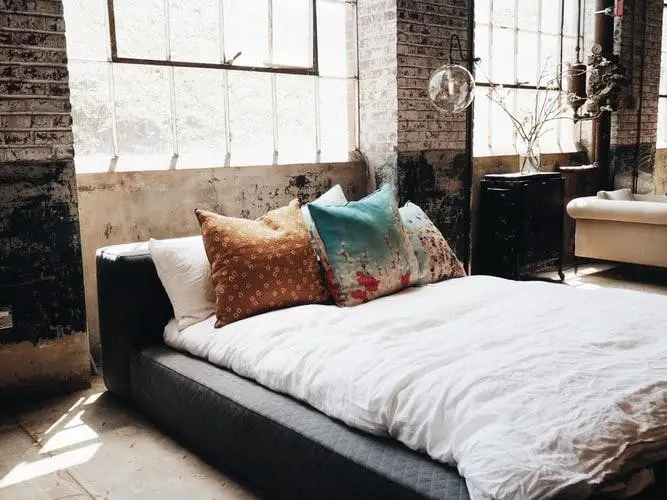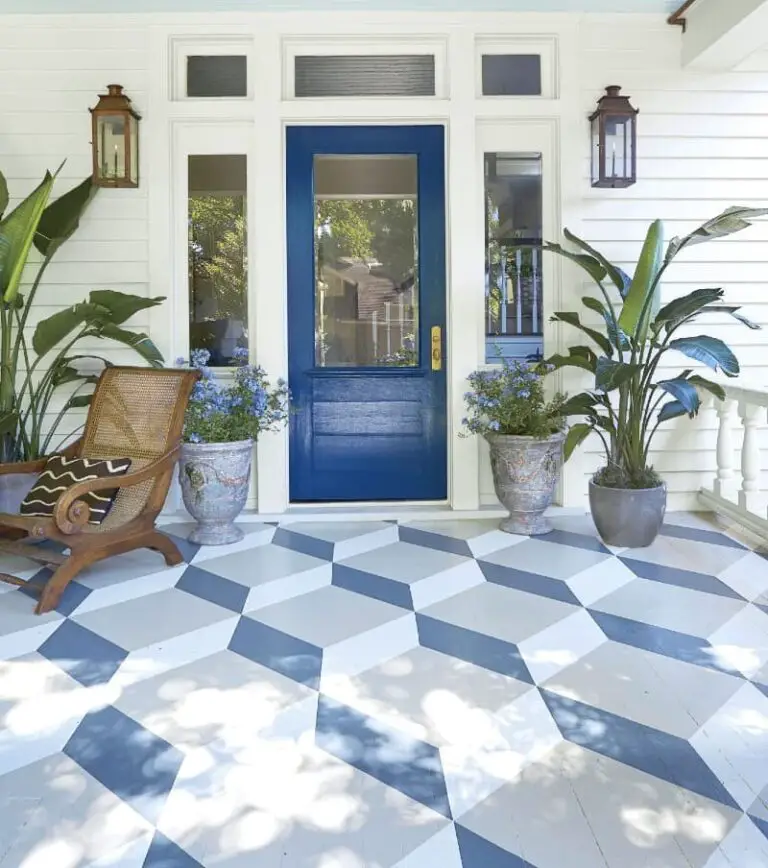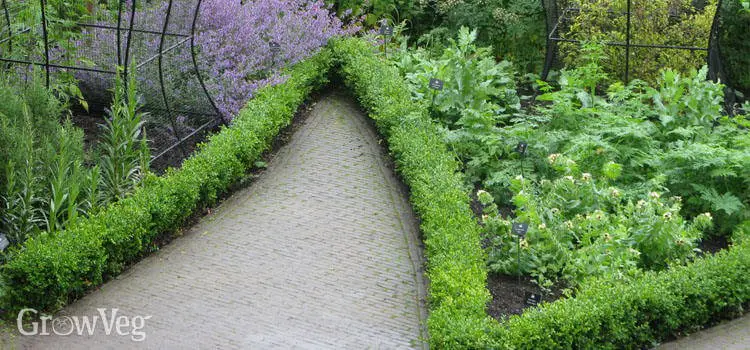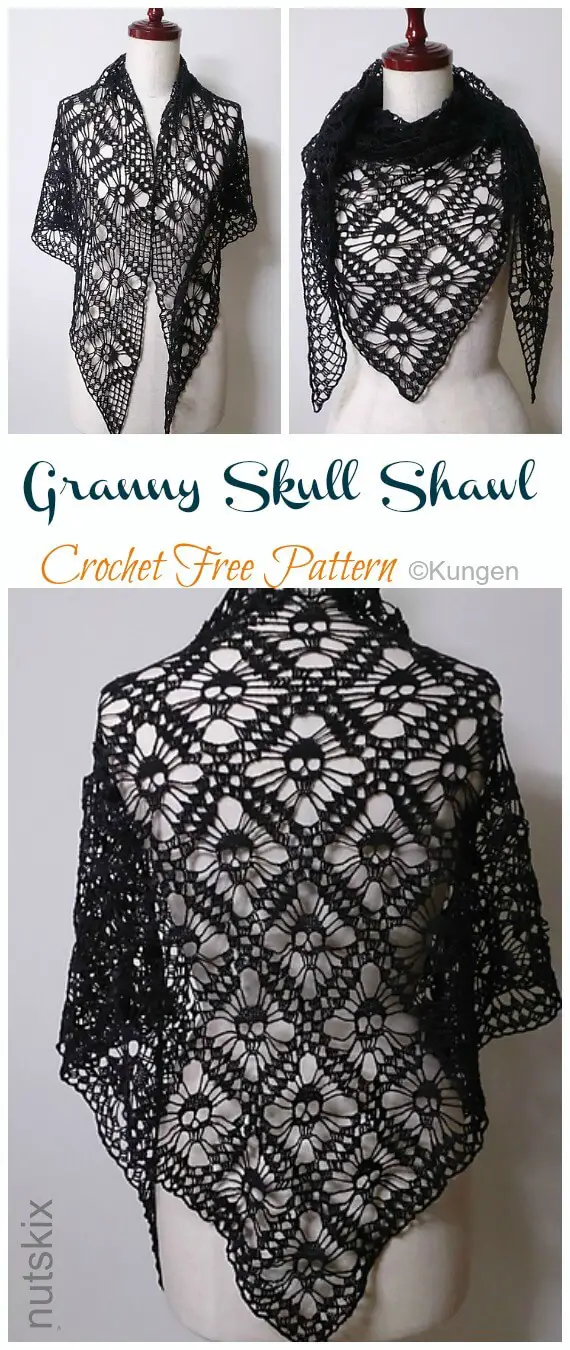Bathroom Wainscoting: Beadboard Panels In The Bathroom Design
Bathroom paneling has been a staple in traditional, cottage-style, and New England bathrooms for years, serving as a design enhancer. One popular option is wood beadboard panels, which can be used to create a transitional look by combining them with modern tile. By opting for beadboard wainscoting instead of tile, you can achieve an old-fashioned appearance that seamlessly integrates with today’s bathroom fixtures.
This timeless design element can be incorporated into various bathroom styles, from half baths to full bathrooms, and can even be used as a ceiling treatment in some cases. Whether you’re looking to update a 1970s-style bathroom or create a cozy retreat, beadboard paneling is an excellent choice.
What is Beadboard Wainscoting?

Beadboard, a distinctive type of decorative wood panel, features vertically running grooves on its surface. When installed as wainscoting, it can bring a charming farmhouse or traditional ambiance to a space. In many New England style bathrooms, white beadboard panels are favored, although some homeowners prefer to leave the natural finish intact, allowing the warmth and humidity to subtly enhance the wood’s grain over time. This aging process can result in a rich, sophisticated look.
Beadboard panels come in two primary styles: traditional tongue-and-groove construction and modern scored-wood alternatives. The latter is often made from less expensive woods, which are subsequently painted to mimic the appearance of traditional beadboard paneling. While this approach may not offer the same level of craftsmanship as its traditional counterpart, it can still provide an attractive and cost-effective solution for those seeking a unique aesthetic.
When to Use Bathroom Paneling
Beadboard panels can elevate various bathroom design styles, from cozy cottages to traditional retreats. For instance, cottage-style homes with an abundance of gumwood and decorative moldings can seamlessly integrate beadboard paneling into their bathrooms, creating a cohesive look throughout the home. Traditional bathrooms featuring pedestal sinks or clawfoot tubs can be enhanced by wooden paneling on walls, where painting the beadboard white helps to highlight the remaining design elements.
When pairing beadboard with a mosaic floor in a traditional pattern like basketweave or octagon and dot, choose a shade of white that complements the bathroom fixtures. Small bathrooms and powder rooms in New England homes can achieve an informal look by incorporating beadboard wainscoting. For a transitional aesthetic, combine large format porcelain tiles on the floor with subway tiles and glass mosaics at eye level in shower areas, imparting an eclectic feel suitable for these homes’ style.
Similarly, beach homes and vacation properties can utilize beadboard paneling to emphasize their cottage ambiance. In such cases, consider using latex-based paint that flexes with the wood or leaving the wood unfinished to prevent cracking caused by wood expansion and contraction in humid air.
Enhancing the Beadboard Wainscoting
To elevate the aesthetic of your beadboard wainscoting, consider incorporating decorative wooden moldings at chairrail height and repeating the same design where the wall meets the ceiling. This is particularly effective in Craftsman-style homes that prominently feature wood molding. Additionally, using baseboard moldings to extend the beadboard’s visual appeal can create a sense of cohesion throughout the room.
A clever trick is to use three distinct moldings – at the chairrail, baseboard, and ceiling – to guide the viewer’s eye horizontally around the space, thereby visually expanding it. When employing tongue-and-groove beadboard paneling, consider the wood’s natural characteristics. Richly grained woods may only require a light stain or varnish to preserve their beauty, while more budget-friendly options like pine or MDF panels benefit from a coat of paint.
Choose a paint color that harmonizes with your bathroom fixtures’ hue; avoid overpowering them with an overly bright white. Finally, balance the design by selecting a rich, vibrant wall color above the wainscoting to showcase the paneling while maintaining visual appeal.
#1. Beadboard wainscoting in a half bath remodel

#2. Beadboard paneling in a grey bathroom
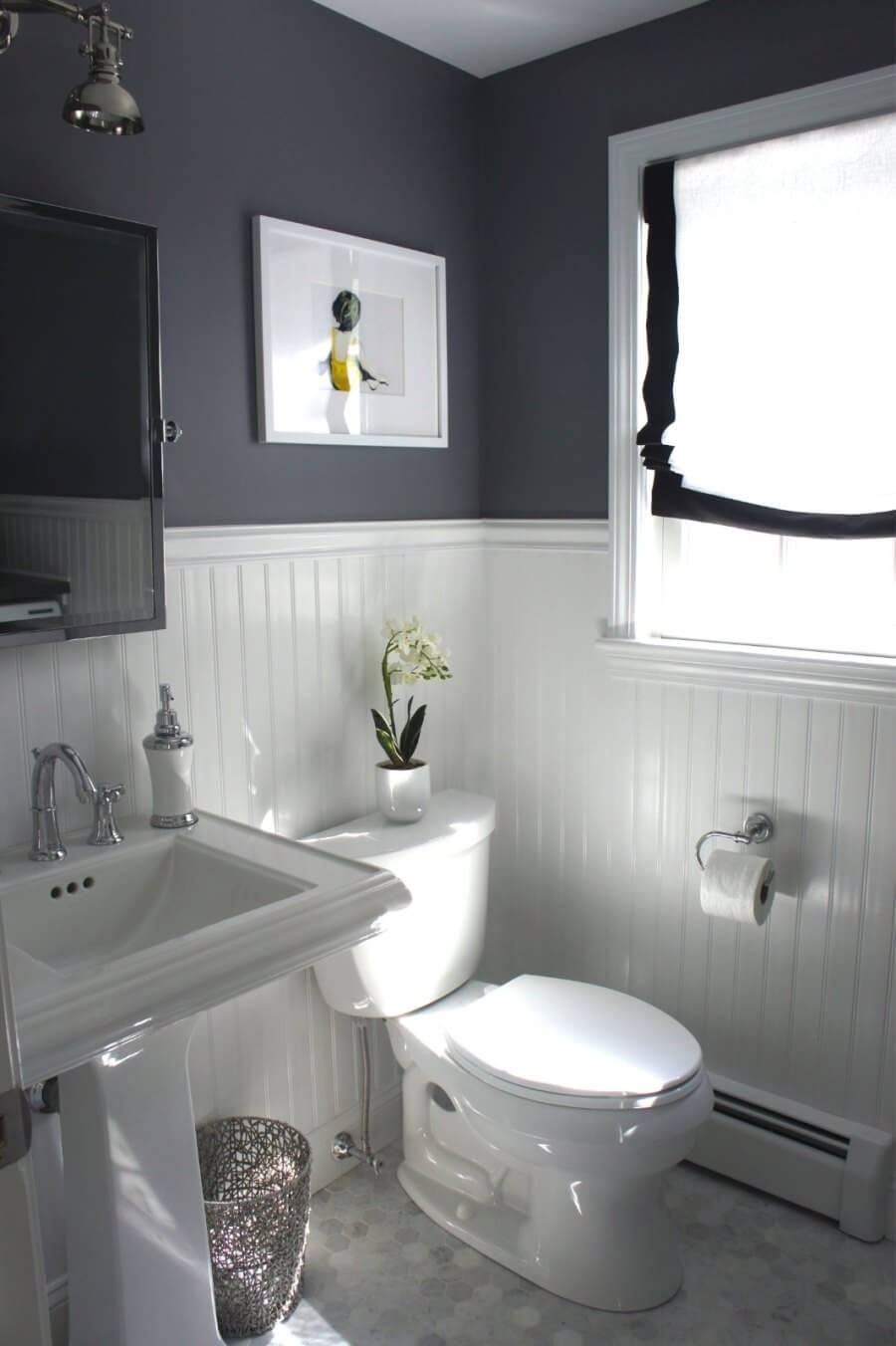
#3. Cozy Beadboard Bathroom
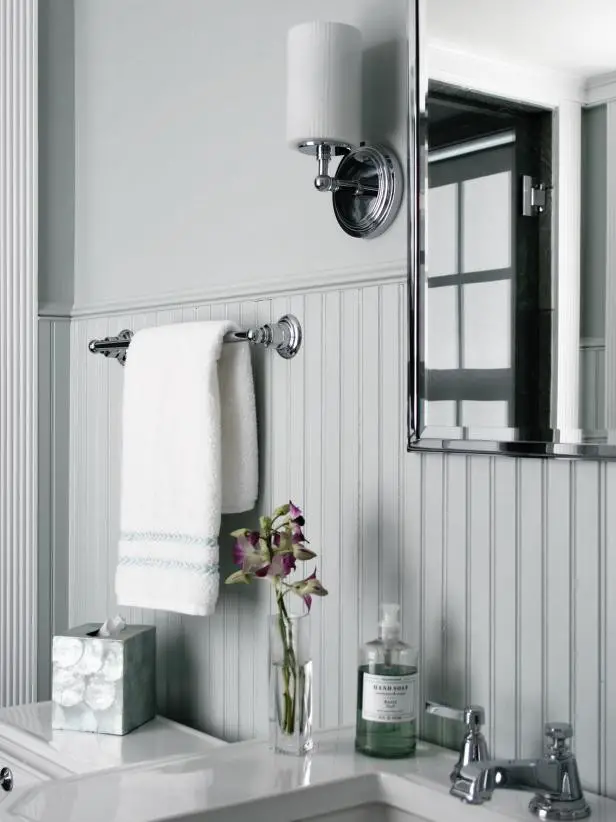
#4. Update a 70’s Bathroom


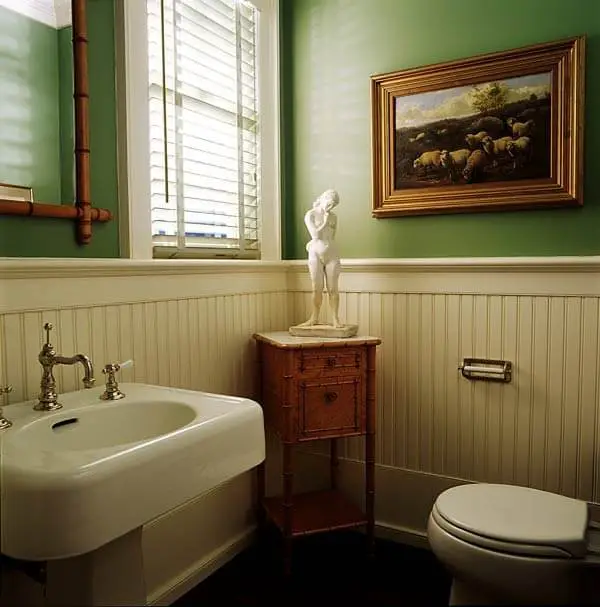
#5. Plastic Beadboard Ceiling Plastic Wainscoting
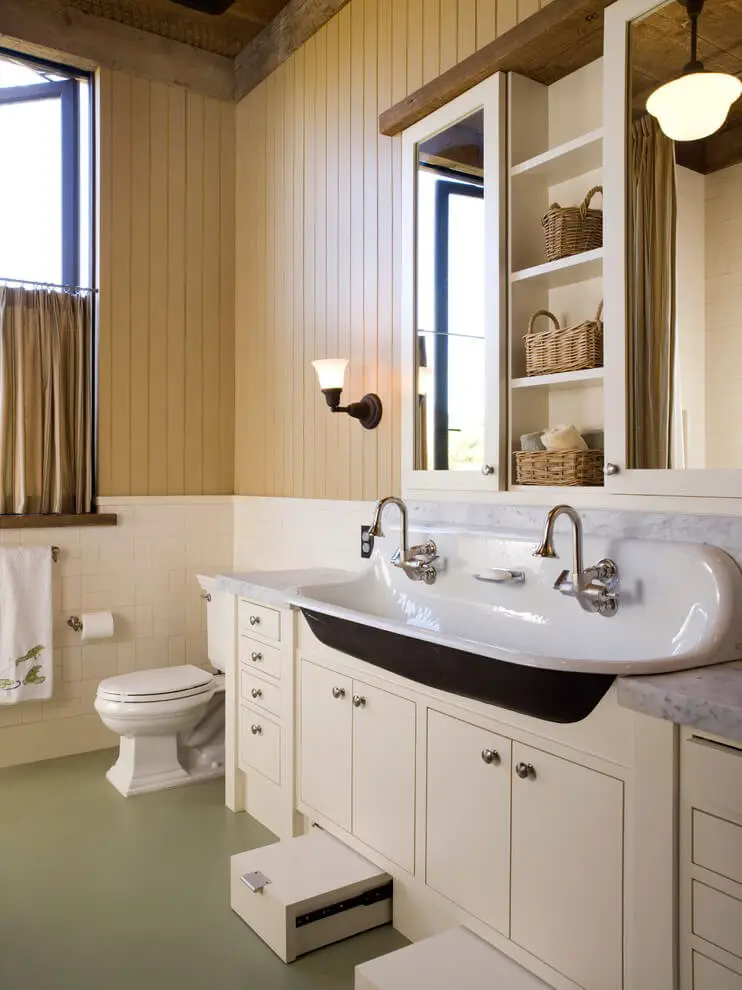
#6. How to install beadboard paneling

#7. Classic Beadboard 8 foot Kit
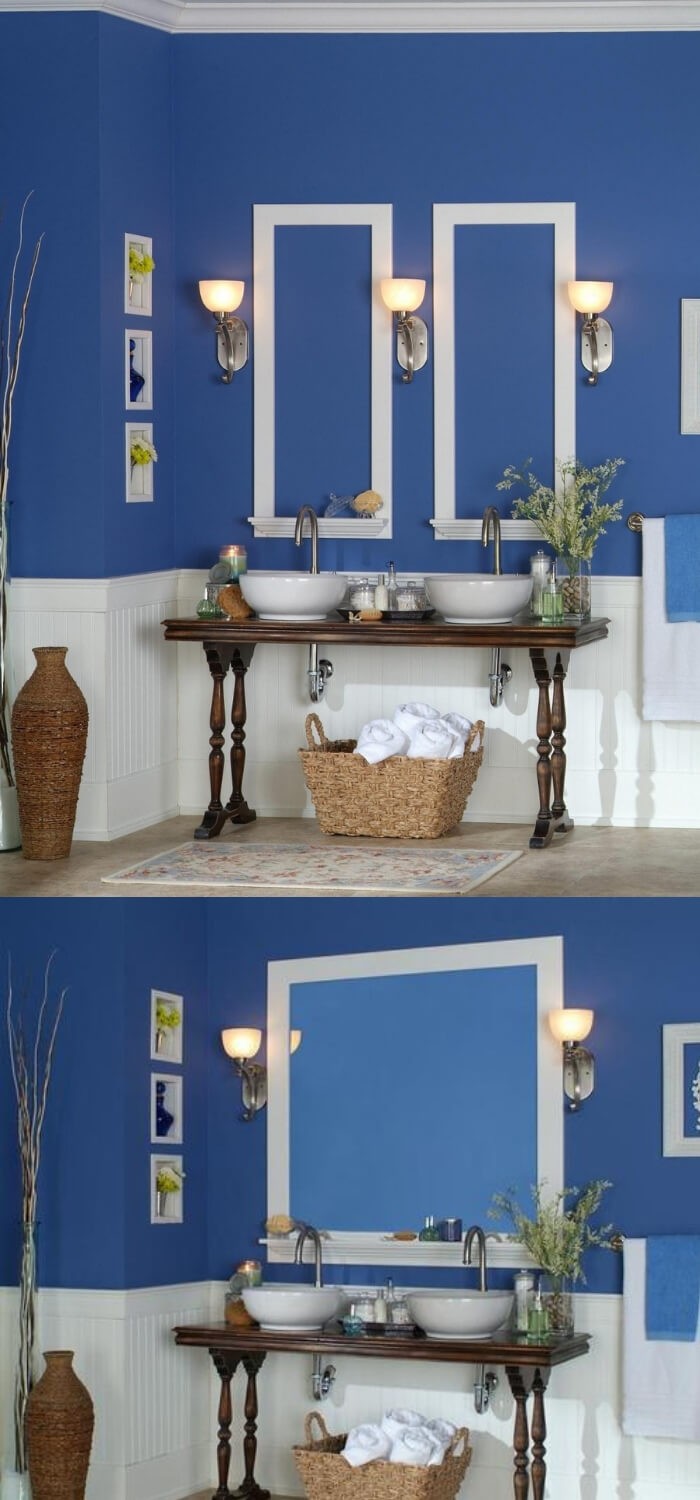
Related Posts
For seniors, ensuring a safe bathing experience is crucial. Walk-in tubs have gained popularity due to their accessibility features. Some of the key safety features that make walk-in tubs suitable for the elderly include adjustable seating and handles for stability, anti-slip flooring to prevent accidents, low-step entry with grab bars for easy access, and thermostatic controls to regulate water temperature.
In addition, these tubs often come equipped with alarm systems or alert devices for added peace of mind. Meanwhile, individuals interested in pursuing a career as a kitchen and bath designer can explore the creative possibilities of this field. By combining technical skills with an artistic flair, designers help clients create functional yet beautiful spaces that reflect their personalities.
On the other hand, homeowners seeking alternative coverings for bathroom walls beyond traditional tiles may consider options like glass panels, stone veneers, or even fabric wraps. These innovative materials can add visual interest and texture to the room while also providing a unique conversation starter.


